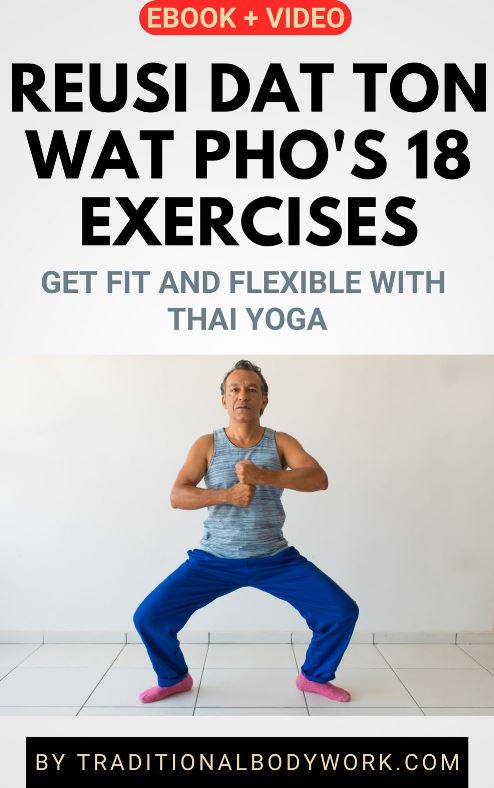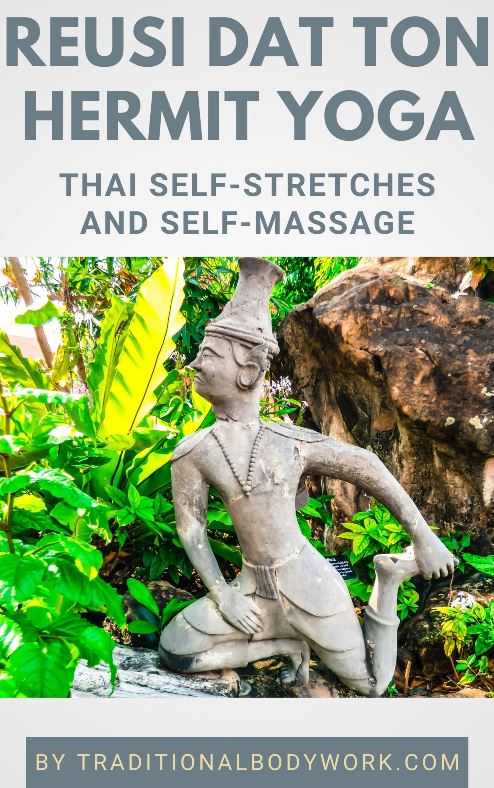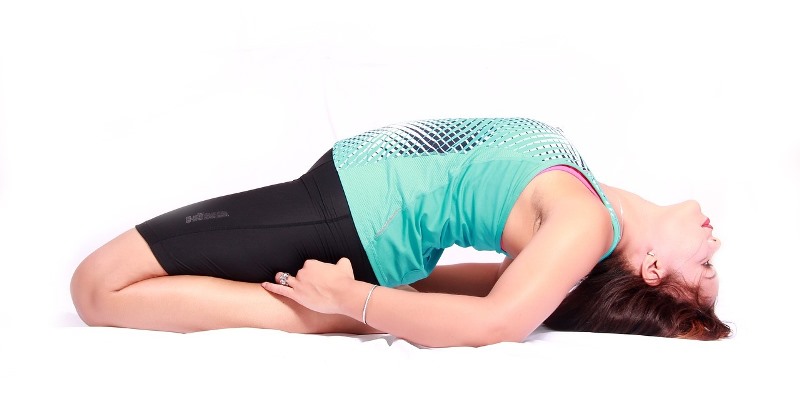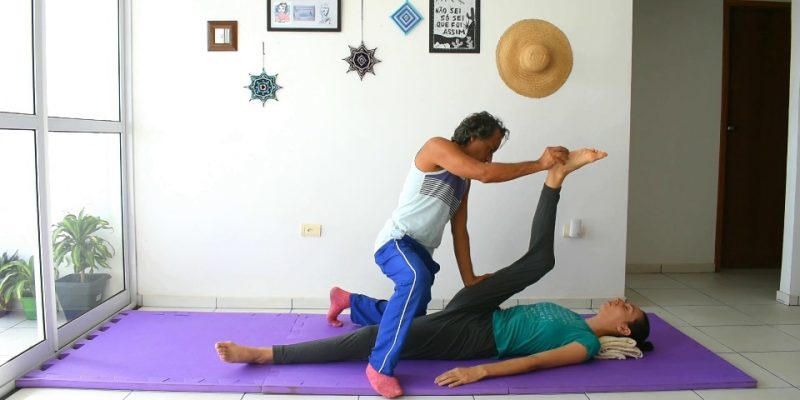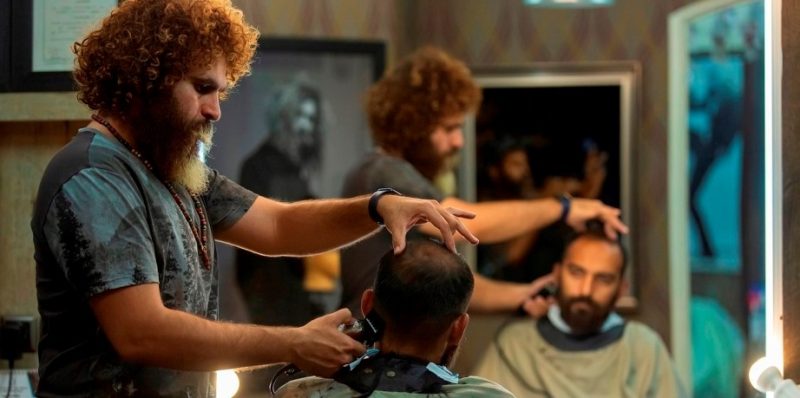
Range of Motion Assessment — also called ROM Assessment — can tell massage and bodywork therapists a lot about the client’s “state of the body.”

ROM Assessment characteristically involves gauging the (proper) movement of the ankles, knees, legs, hips, shoulders, neck, back, elbows, wrists and fingers.
Mind that proper ROM is essential for free and efficient mobility, avoiding injuries, and a general feeling of wellbeing. Reduced ROM can affect a person’s ability to carry out everyday activities and can lead to excessive strain and discomfort, contractures, dislocations, and pains.
ROM Assessment checks on the mobility of the joints and their maximum reach, but also on the flexibility of certain muscles which are often related to the max possible reach. Mind that the maximum, comfortable, and proper range of motion is different from one person to the other, so there are no hard guidelines here and we need to discuss with the client what is or would be “normal” for them.
If the client has already mentioned pains or restrictions in certain joints or parts of the body, it’s common practice to first test the unaffected (painless and unrestricted) side so that we get an idea of what’s the “normal” ROM for that specific person.
But let’s look at some examples.

For instance, we can ask a client to stand and spread the arms out (like the posture Jesus has on the cross) as far as possible to the back. Not only can we assert if there’s a difference between the reach of the left and right arm (i.e. shoulders), it also gives us indications of pain thresholds, tightness (or shortness) of the pectoral muscles (breast muscles) and/or obstructions around the scapulae (shoulder blades), in which one factor or all factors together may inhibit the full ROM of the arms in a backward motion.
Another example. We can ask the client to bend over in standing position while keeping the legs stretched and trying to touch the toes with the fingers. The client’s maximum reach can give massage and bodywork therapists indications of tight or shortened tendons, ligaments, hamstring muscles (back thigh muscles), possible pains, tensed lower back muscles, and/or spinal or hip obstructions, etc.
Asking the client to rotate their head as much as possible to the front, sides, and backwards (making circles) can give us indications of pains or restrictions in the client’s upper vertebrae, neck, shoulders, scapulae, or upper back.

In any case, inhibitions in the normal ROM may be caused by structural anatomical issues, past surgery, age, illness, gender, weight, body fat, shortened or tight ligaments, muscles and tendons, or because of muscle, nerve and/or joint pains, to just point out some possible issues.
Besides looking at the client’s ROM and palpating body parts, we’ll probably also need to talk with the client to find out what’s exactly the case, which probably likewise includes aspects of their medical history and lifestyle.
We may also need to assist the client to reach a further ROM by gently forcing the amplitude, as such being able to assess the onset of pains or resistance. The thing is that clients will often stop going further when they start to feel pain or restrictions, but we as therapists need to know where and when the pain or restriction is felt in order to come to further conclusions and an effective treatment or exercise plan.

